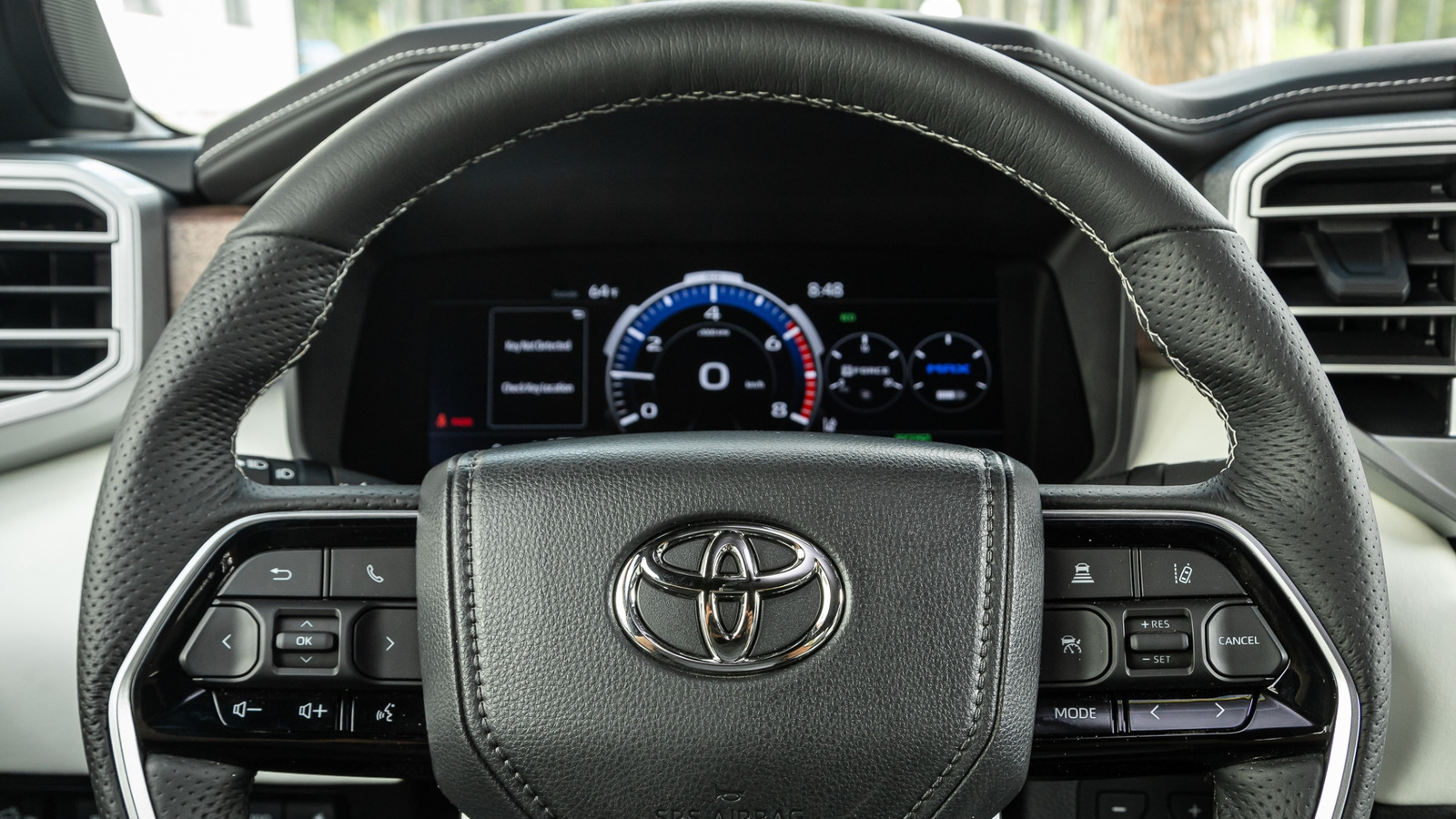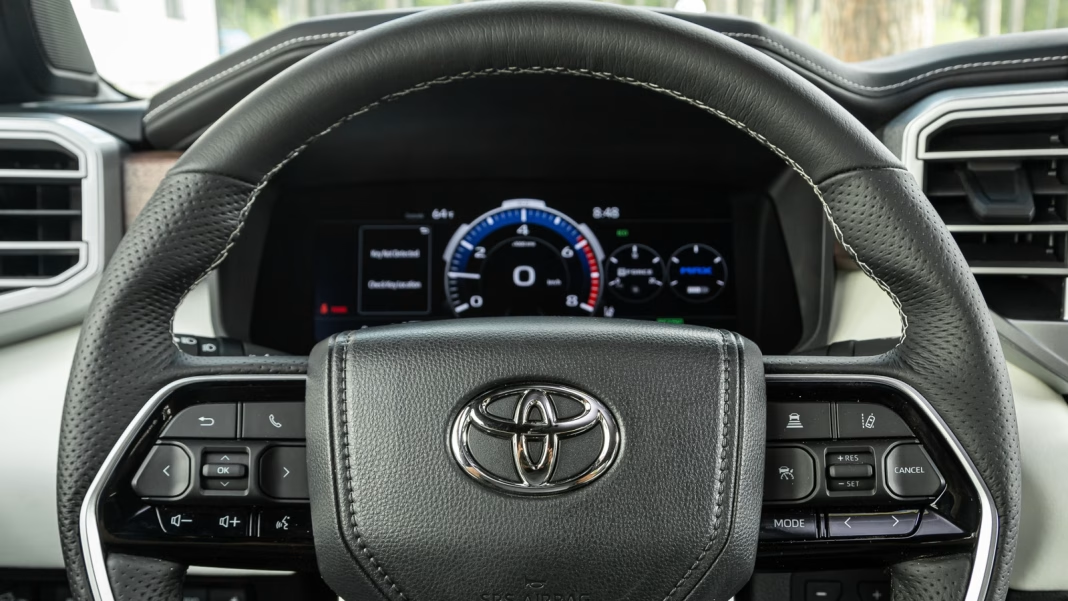Why Are So Many Toyotas Being Recalled Lately?
If you’ve been following automotive news, you might’ve noticed Toyota’s name popping up in recall headlines more often than you’d expect from a brand known for reliability. The latest recall? Over 591,000 vehicles, including cars, trucks, and SUVs, are being called back due to a glitch that causes digital displays to suddenly go blank. Not exactly what you want to see when you’re cruising down the highway and need to check your speed or fuel level.
So, what’s going on? Is Toyota slipping, or is there more to the story?
What’s Causing the Digital Display Issue?
Let’s get specific. The heart of the problem lies in the vehicle’s digital dashboard, which can unexpectedly turn off or freeze. This isn’t just an inconvenience—when your speedometer or warning lights vanish, it can be a real safety concern. According to Toyota’s official statement, the issue is linked to a software bug in the instrument cluster’s control module. When certain conditions are met, the display can lose power or fail to boot up properly after the car starts.
Toyota says the fix is a straightforward software update, and affected owners will be notified to bring their vehicles in for a free repair. But the question remains: why is this happening at all, especially from a company with such a strong track record?
Is Toyota’s Reputation for Reliability at Risk?
It’s fair to wonder if repeated recalls are a sign that Toyota’s legendary reliability is fading. But let’s put things in perspective. The auto industry as a whole has seen a sharp rise in recalls over the past decade, especially as vehicles become more complex and software-driven. According to the National Highway Traffic Safety Administration (NHTSA), software-related recalls have increased by nearly 30% since 2015.
Toyota, like its competitors, is grappling with the growing pains of integrating advanced technology into its vehicles. Digital dashboards, infotainment systems, and driver-assist features are fantastic—until they aren’t. Even a minor coding error can trigger a massive recall, affecting hundreds of thousands of vehicles.
How Does This Recall Compare to Others in the Industry?
Toyota isn’t alone here. In 2023, several major automakers, including Ford and General Motors, issued recalls for similar digital display issues. The difference? Toyota tends to act quickly and transparently, often catching problems before they lead to widespread accidents or injuries. That’s not to say the company is immune to criticism—owners expect more from a brand that built its reputation on bulletproof dependability.
Still, industry experts point out that a recall, while inconvenient, is often a sign that the system is working as intended. Automakers are required by law to report and address safety defects, and the sheer scale of modern vehicle production means even a tiny error can have big consequences.
What Should Toyota Owners Do Next?
If you drive a Toyota and are worried about this recall, here’s what you need to know. First, check your mailbox or Toyota’s official recall website to see if your vehicle is affected. If it is, schedule a service appointment as soon as possible. The software update is quick and free, and you’ll be back on the road with a working display in no time.
In the meantime, keep an eye on your dashboard. If you notice any glitches or blank screens, don’t ignore them. While the odds of a serious safety issue are low, it’s always better to be safe than sorry.
Why Are Recalls More Common in Modern Cars?
It’s not just Toyota—recalls are up across the board, and the reason is simple: cars are more like rolling computers than ever before. A typical new vehicle contains over 100 million lines of code, according to a 2022 report from McKinsey & Company. That’s more than the software running a modern jetliner. With so much complexity, even the best engineering teams can’t catch every bug before cars hit the road.
Add in supply chain pressures, rapid model updates, and the push for new tech features, and you’ve got a recipe for more frequent recalls. The good news? Automakers are getting better at identifying and fixing problems quickly, often before they cause real harm.
What’s the Real Impact on Toyota Drivers?
For most Toyota owners, this recall will be a minor blip—a quick trip to the dealer and a software update. But it’s a reminder that even the most trusted brands aren’t perfect. The key is how they respond. Toyota’s proactive approach, clear communication, and commitment to free repairs show that the company still takes customer safety seriously.
The big takeaway? Car ownership isn’t about perfection—it’s about smarter adjustments. Start with one change this week, like checking your VIN for recalls, and you’ll likely spot the difference by month’s end.


